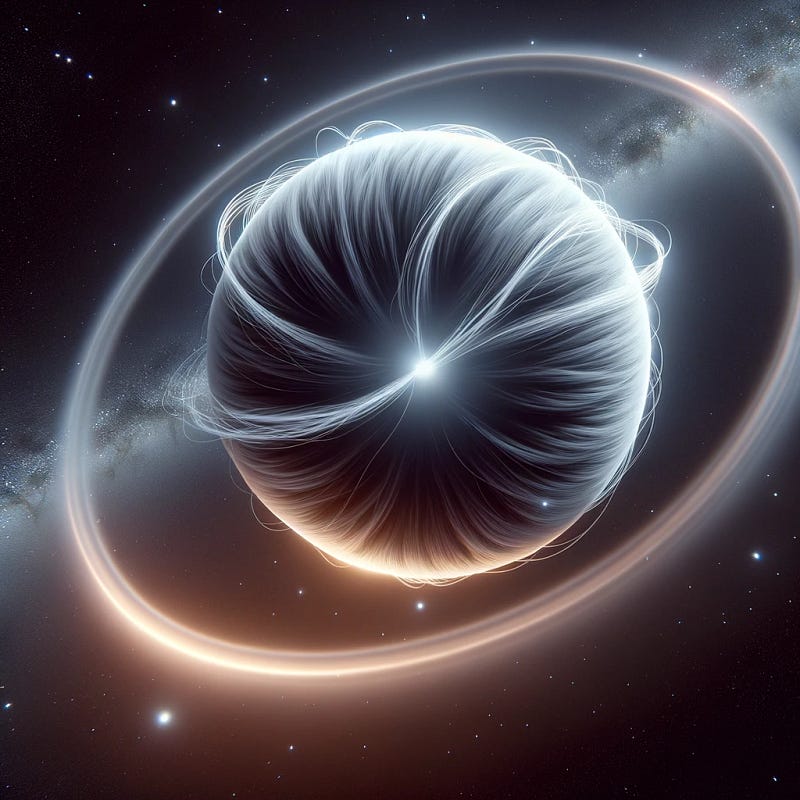Disruptive Concepts: Deciphering the Mysteries of Axion Hair

In the realms of theoretical physics, axion-like particles represent an exciting frontier beyond the Standard Model (SM). These elusive particles, arising from various physics scenarios, hold the key to unlocking some of the universe’s greatest mysteries. One such particle is the “electrobaryonic axion,” which uniquely interacts with both baryon chemical potential and electromagnetic fields. A recent article delves into the fascinating concept of electrobaryonic axions and their intriguing relationship with neutron stars, especially magnetars.
The Electrobaryonic Axion: Bridging Baryons and Electromagnetism
The electrobaryonic axion stands apart due to its dual interaction with baryon chemical potential and electromagnetic fields. This peculiar property stems from its association with anomalies involving the global baryon number and electromagnetic gauge symmetries. Such interactions suggest that these axions could play a crucial role in processes where high baryon density and strong electromagnetic fields coexist.
Neutron Stars and Magnetars
Neutron stars, remnants of massive stellar explosions, are natural laboratories for studying electrobaryonic axions. These dense stars have incredibly high baryon densities and, in the case of magnetars, exceptionally strong magnetic fields. These conditions create an ideal environment for the formation of a thin “axion hair” around the neutron star’s surface. This axion hair is a theoretical halo of axion particles, potentially detectable through its influence on the star’s properties.
Calculating the Axion Hair
Researchers have made significant strides in calculating this axion hair phenomenon, taking into account complex factors like neutron star rotation and the effects of general relativity. These calculations are vital for understanding how axions interact with neutron stars and the observable consequences of these interactions. The study’s intricacies lie in modeling how axion particles lighter than the neutron star’s rotation frequency can be emitted from the star, potentially impacting its cooling rate.
Implications for Neutron Star Observations
The presence of axion hair and the emission of axion particles from neutron stars, especially in the light axion regime, could significantly contribute to the stars’ cooling processes. This novel idea opens up new avenues for observing and understanding neutron stars. By studying these effects, astronomers could gain insights into the properties of axions and their role in the cosmos.
Unveiling Cosmic Secrets
The study of electrobaryonic axions in relation to neutron stars and magnetars is a fascinating example of how theoretical physics can intersect with astrophysical observations. It demonstrates the continual quest to understand the universe’s fundamental particles and forces, pushing the boundaries of our knowledge and challenging our understanding of the cosmos. As research progresses, we might uncover more about these mysterious particles, shedding light on the dark corners of the universe.
About Disruptive Concepts
Welcome to @Disruptive Concepts — your crystal ball into the future of technology. 🚀 Subscribe for new insight videos every Saturday!
